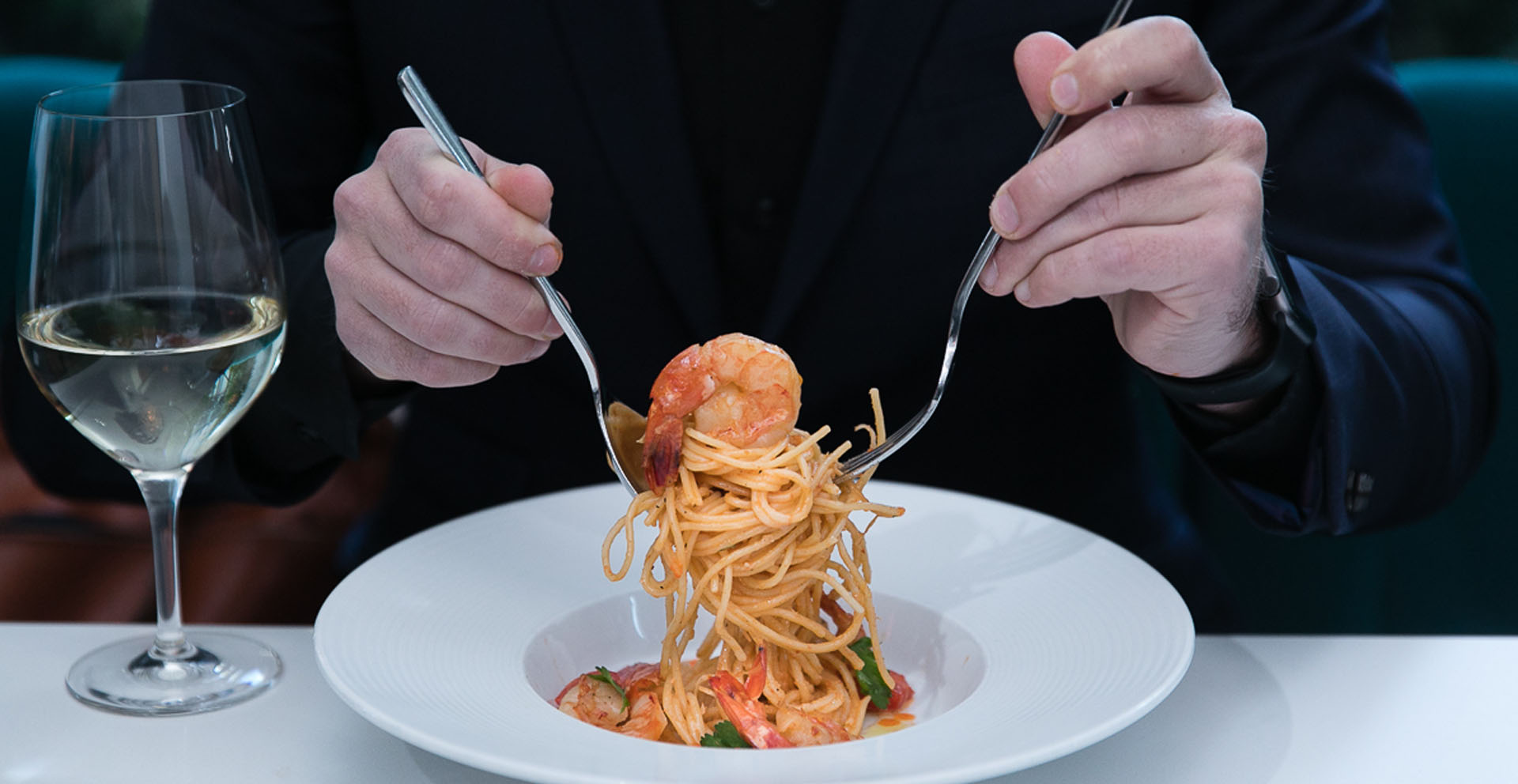
March 26th, 2025
Pasta has long been a staple in Italian cuisine, celebrated for its versatility and appeal. Yet, many pasta restaurant operators face a crucial question: How can they maximize profit while maintaining quality and customer satisfaction?
In this article we share valuable insights on how to optimize profitability by understanding food cost analysis, portion control, and strategic plate presentation.
The typical food service cost breakdown for a pasta dish is as follows:
Protein: 40%
Sauce: 35%
Garnish: 9%
Pasta: 16%
While pasta is the star of the dish, it often comprises only a small percentage of the overall cost. This presents an opportunity for pasta restaurant operators to reassess their approach and find more effective ways to maximize profitability.
Reducing portion sizes from 7 oz to 5 oz can increase your yield by approximately 25% per case. Not only does this lower the cost of protein – the most expensive component – but it also reduces the need for takeout containers.
High-quality, reusable containers can cost around $1.50 each, representing an unnecessary expense while oversized portions result in leftovers and waste. Waste can quickly add up and eat into your restaurant’s margins very quickly
The perception of value plays a critical role in customer satisfaction. Experimenting with different pasta shapes that provide better plate coverage can create a fuller-looking plate while maintaining cost efficiency.
Additionally, the right plateware can amplify presentation, giving the impression of a generous serving without inflating portion sizes. Combined with portion reduction can not only reduce waste but also improve customer experience.
To further optimize profitability, consider these questions:
Are you monitoring how much pasta or sauce is left on plates during busy periods? Consistently returned food might indicate oversized portions.
Are your servers offering bread thoughtfully, avoiding unnecessary refills that drive up food costs?
How many take-home containers are given out due to excess pasta left on plates? Could this be an opportunity for servers to increase check averages by suggesting additional items like desserts or after-dinner drinks?
Answering this questions can help your restaurant’s profit margins by increasing average order value while reducing waste and food cost on complimentary items such as bread.
To gauge profitability, consider implementing a PPP scorecard to track:
Plate coverage (full, half-full, or empty)
To-go container use
Average cost of containers
Total cost per dish
For example, if 11 dishes require takeout containers at $1.05 each, the extra cost adds up to $11.55. Minimizing this expense through portion control can boost your bottom line.
Maximizing profit as a pasta restaurant requires a balance between portion control, plate presentation, and strategic upselling. By evaluating your current practices and applying these insights, you can enhance profitability while still delivering a satisfying dining experience